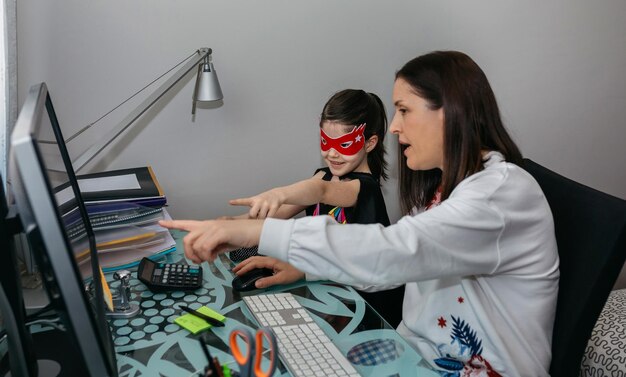In the world of visual storytelling, 3D animation stands as one of the most powerful mediums. From blockbuster movies to video games and even advertising, 3D animation plays a pivotal role in creating lifelike, immersive experiences. Whether you’re a beginner or looking to refine your skills, mastering 3D animation involves learning the essential techniques, becoming proficient with the right tools, and staying updated with the latest trends.
Techniques
To truly master 3D animation, you must understand the fundamental principles that govern animation. These include:
- Modeling: The first step in creating 3D animation is designing models. This involves creating the 3D geometry of characters, environments, and objects. Tools like Blender, Autodesk Maya, and ZBrush are commonly used for modeling.
- Rigging: After modeling, rigging is crucial to give the model movement. Rigging involves adding a skeleton structure to the model, which allows animators to manipulate it in a way that makes sense physically.
- Texturing and Shading: To give your models life, you need to apply textures and shaders. Texturing refers to the application of surface details, such as colors, patterns, and imperfections, while shading controls how light interacts with surfaces.
- Animation: The core of 3D animation is the process of bringing objects to life. Keyframe animation and motion capture are two popular techniques. Keyframe animation involves setting specific points of movement, while motion capture uses real-world human movements to create more realistic animations.
- Lighting and Rendering: Proper lighting is essential to setting the mood and realism of a scene. Once the animation is complete, rendering processes the 3D scene into 2D images, making it ready for display.
Tools
Several tools are widely used in 3D animation for various purposes. Here are some of the most popular:
- Autodesk Maya: Known for its versatility, Maya is used in film production, games, and even 3D printing.
- Blender: A free, open-source software that’s become popular for indie developers and artists, offering powerful features for modeling, animation, and rendering.
- Cinema 4D: A favorite in motion graphics, this software is known for its user-friendly interface and excellent integration with Adobe After Effects.
- Houdini: A high-end software for visual effects and simulations used by major studios for creating complex visual effects, like explosions and fluid dynamics.
Trends
The world of 3D animation is constantly evolving. Some of the current trends include:
- Virtual Reality (VR) and Augmented Reality (AR): 3D animation is becoming increasingly popular in VR and AR applications, providing immersive experiences for users.
- Real-time Rendering: Tools like Unreal Engine are enabling real-time rendering, allowing animators to see their work come to life instantly.
- Artificial Intelligence (AI): AI-driven animation tools are streamlining workflows, with software that predicts movement patterns or creates realistic animations based on limited input.
- Motion Capture: The use of motion capture in animation is becoming more advanced, enabling highly realistic character movements for films and games.
- Facial Animation and Lip Sync: Realistic facial animations and lip-syncing are in high demand, particularly in video games and animated films.
FAQs
- What is the best software for beginners in 3D animation? Blender is an excellent starting point for beginners due to its robust features and free accessibility.
- How long does it take to learn 3D animation? It depends on your dedication and learning pace, but generally, you can expect to spend anywhere from six months to a few years mastering 3D animation.
- Is 3D animation difficult? While learning 3D animation has its challenges, it is not impossible with consistent practice and the right resources.
- Can I create 3D animation on a laptop? Yes, but you’ll need a powerful laptop with a good GPU for smooth animation rendering.
- Do I need to know how to draw for 3D animation? Drawing skills can be helpful but are not essential. Understanding 3D modeling and animation principles is more important.
- How do I get into the 3D animation industry? Build a strong portfolio, learn the necessary tools, and network with professionals in the field to break into the industry.
- What is the future of 3D animation? The future holds exciting possibilities with advancements in AI, real-time rendering, and VR/AR technologies, which will lead to more immersive experiences.
Conclusion
Mastering 3D animation requires a combination of creative and technical skills. With the right techniques, tools, and knowledge of current trends, you can create stunning animations that captivate audiences. Continuous learning and practice are essential in this fast-evolving field, so stay curious and adaptable as you explore the world of 3D animation.
Key Takeaway
To succeed in 3D animation, focus on mastering core techniques like modeling, rigging, and animation while using industry-standard tools. Stay updated with the latest trends such as VR, AR, and AI integration to ensure your skills remain relevant in this ever-evolving industry.

